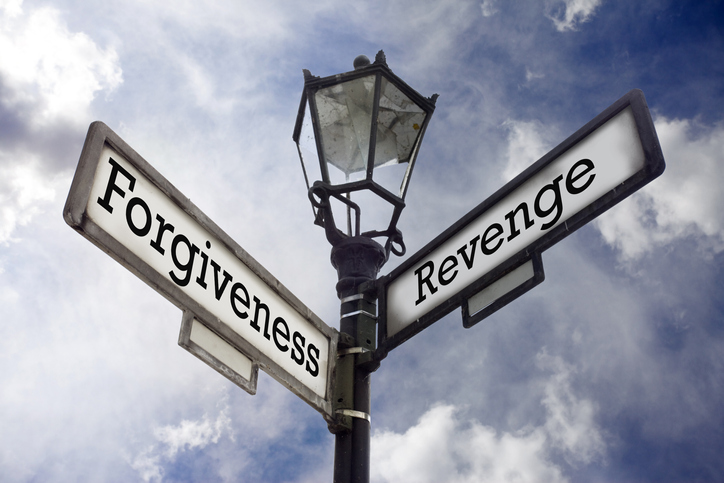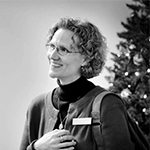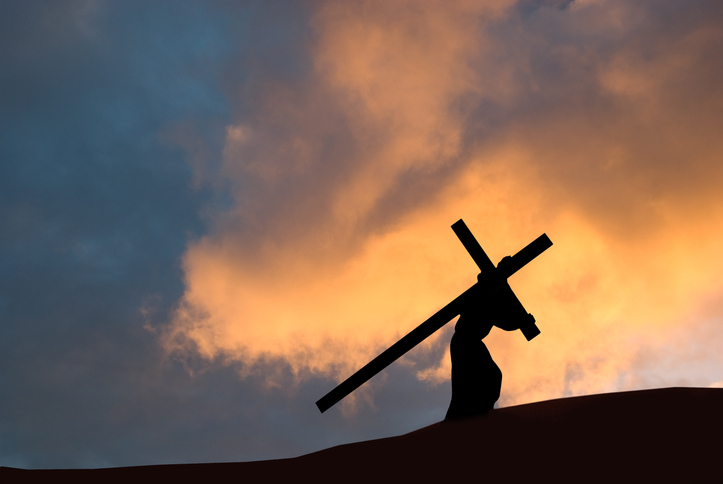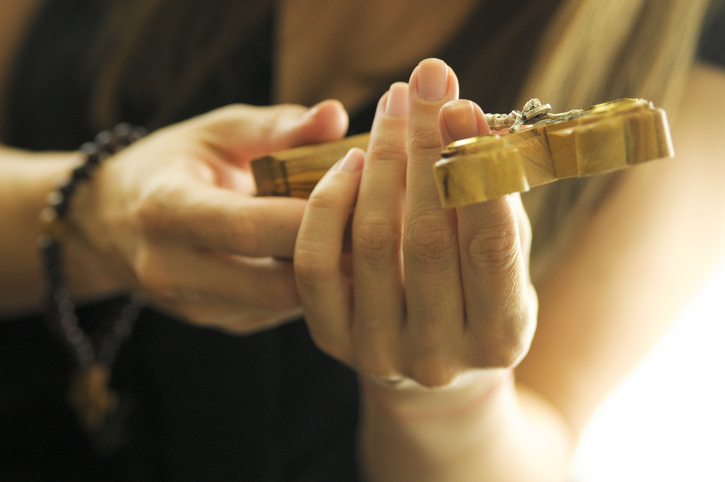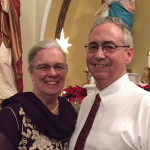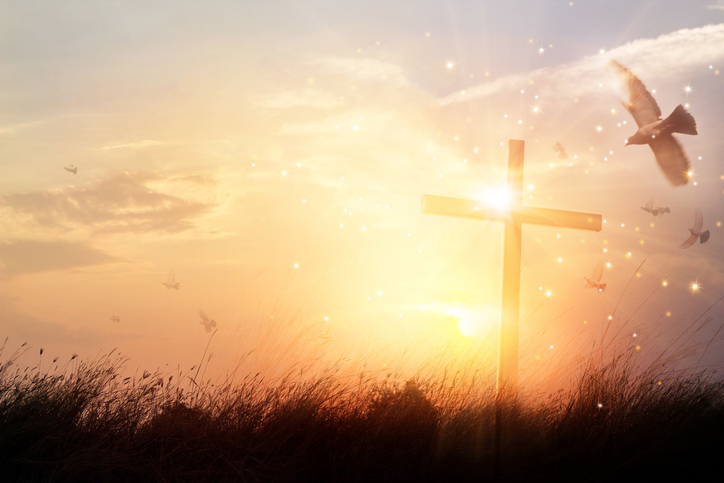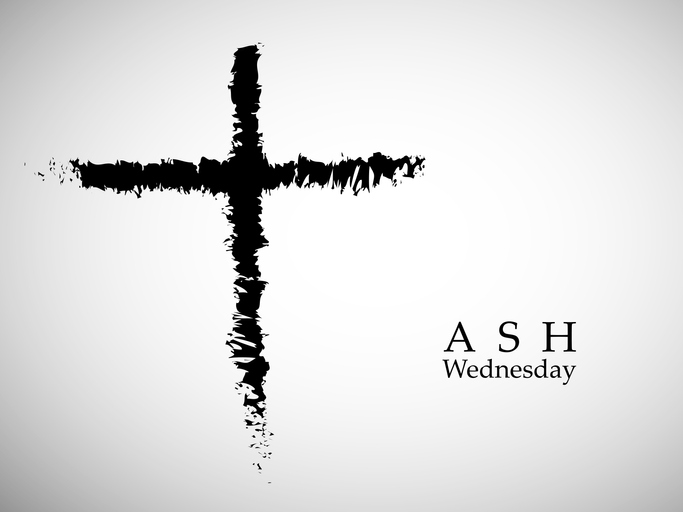“Blessed are they who follow the law of the Lord!” (Psalm 119)
The NFL handbook is over three-hundred pages long. What makes this sport so entertaining is seeing smart players execute a touchdown or large gain in the bounds of these rules. This structure does not limit these players; it frees them up to utilize their creative ability. The expertise is beautiful.
What would kill the beauty of this sport? Seeing twenty-two grown men running out of bounds, throwing illegal forward passes, and hitting each other illegally in order to win.
Theatre directors will often go throughout the early phases of a rehearsal process staging the actors in a general shape. This overall shape will set the bounds for the actors. Within these bounds, the actors are free to explore and employ their own creativity. Then on opening night, the audience witnesses the beauty of the collaboration that leads to live theatre.
What would kill the beauty of this art? Seeing actors run around the stage, speak in ways that can’t be seen or heard, or default to standing in a line for the entire two hours.
Rules are what free us to be us. Without rules, we are slaves to a false sense of freedom. It is in the service of God’s will rather than my own that my life becomes beautiful. The best way to do this is by knowing God. Frank Sheed said that each reason for knowing God is another reason to love Him even more and that each reason to love God is another reason to know him even more. Then we may live in accordance with what we were created for, and this is beautiful.
It can be intensely dissatisfying to know that God “makes his sun rise on the good and the bad” (Matthew 5:45). But we must remember that God made his Son rise for the good and the bad. When Jesus tells us to live perfectly it is not a demand to be entirely free of all blemishes. It is an admonition to strive toward the fullness of truth that lies within God’s commandments, laws, decrees, and way.
And “provided you keep all his commandments he will then raise you high in praise and renown and glory above all other nations he has made and you will be a people sacred to the LORD, your God, as he promised” (Deuteronomy 26: 19).

Benjamin serves as the Music Minister at Our Lady Queen of Peace in Branchville, NJ. He teaches Children’s Theatre at the Paper Mill Playhouse and is a Catholic songwriter that has given talks on Confirmation, How to Keep the Faith in College, and The Courage to Choose Life. He can be reached at benjamintyates@gmail.com.

